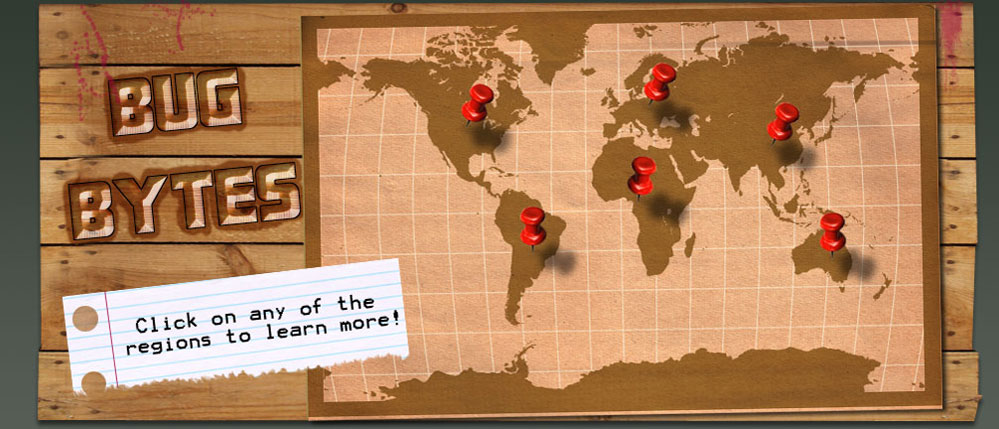
![]() photo credit: astrangelyisolatedplace
photo credit: astrangelyisolatedplace
This is a guest post from our friend David Elliott and travelindochina.com
For many, the word “Vietnam” still carries strong echoes of war, but as many visitors are discovering for themselves there’s a whole lot more to this captivating country than memories of traumatic TV news footage from the 1960s and 1970s.
Vietnam has recovered and reverted back to what it always has been – a country of stunning natural beauty and an ancient culture equal to any in the world. Its lush tropical rainforests and highland regions, gem-like offshore islands, fabulous sandy beaches, fine cuisine and majestic ruins make it one of the most attractive countries in SE Asia to visit. If you want to experience culture on vacation in Vietnam it’s hardly hidden away, and in every town and city you’ll find it in the stately pagodas, museums, colonial architecture and undaunted cheerfulness of the people.
Vietnam’s long struggle for autonomy stretches back through centuries. The Chinese ruled here with varying success for close to 1,000 years, leaving pagodas and palaces in their wake until they were finally ejected in the 9th Century. In the 19th Century the French moved in and imposed a colonial rule that can still be seen in the old boulevards and mansions of the capital, Hanoi. More recently the Japanese invaded and were in their turn ousted by the Communist Viet Minh. The ensuing French Indochina War only ended in 1954, leaving the country divided between the anti-Communists in the south and the Communists in the north, and then tensions mounted until the Vietnam War (or the American War as the Vietnamese call it) exploded through the country.
Vietnam has only started to properly recover from its age-old ordeals since full diplomatic relations were re-established with the US in 1995. The Vietnamese people have been through some tough times, but they remain indefatigably cheerful and hang on to their old traditions and ways of life, happy to forgive if not entirely to forget.
The belief systems of Taoism, Confucianism, Christianity, Buddhism and Tam Giao which have dominated Vietnam since ancient times are reflected in the exotic architecture, and visitors delight in the graceful aesthetic and grand harmony of its monasteries and historic temples. The pagoda, decorated lavishly with colorful ornamentation and carvings, is the main and most familiar architectural form here. They’re found just about everywhere, but the most famous one is the great Thien Mu Pagoda in Hue, which dates back to 1601. The bizarre mountain shrines of North Vietnam are especially popular with visitors because of the breathtaking natural setting, such as those in the Son La Mountains. In Ho Chi Minh City, formerly Saigon, in the south of the country the Giac Lam Pagoda is the oldest of its kind in the world, sumptuously decorated with carved statues.
Vietnam is such a palimpsest of rich cultural influences overlaying a relatively small region of outstanding natural beauty that first-time visitors are often astonished at what they’ve been missing. Since reunification, Vietnam has done a fine job of licking its wounds and rebuilding bridges, both literally and metaphorically, to the wider world, and is now fast becoming a much-loved destination for organized tours and independent travelers alike.
David Elliott is a freelance writer who loves to travel, especially in Europe and Turkey. He’s spent most of his adult life in a state of restless excitement but recently decided to settle in North London. He gets away whenever he can to immerse himself in foreign cultures and lap up the history of great cities.





